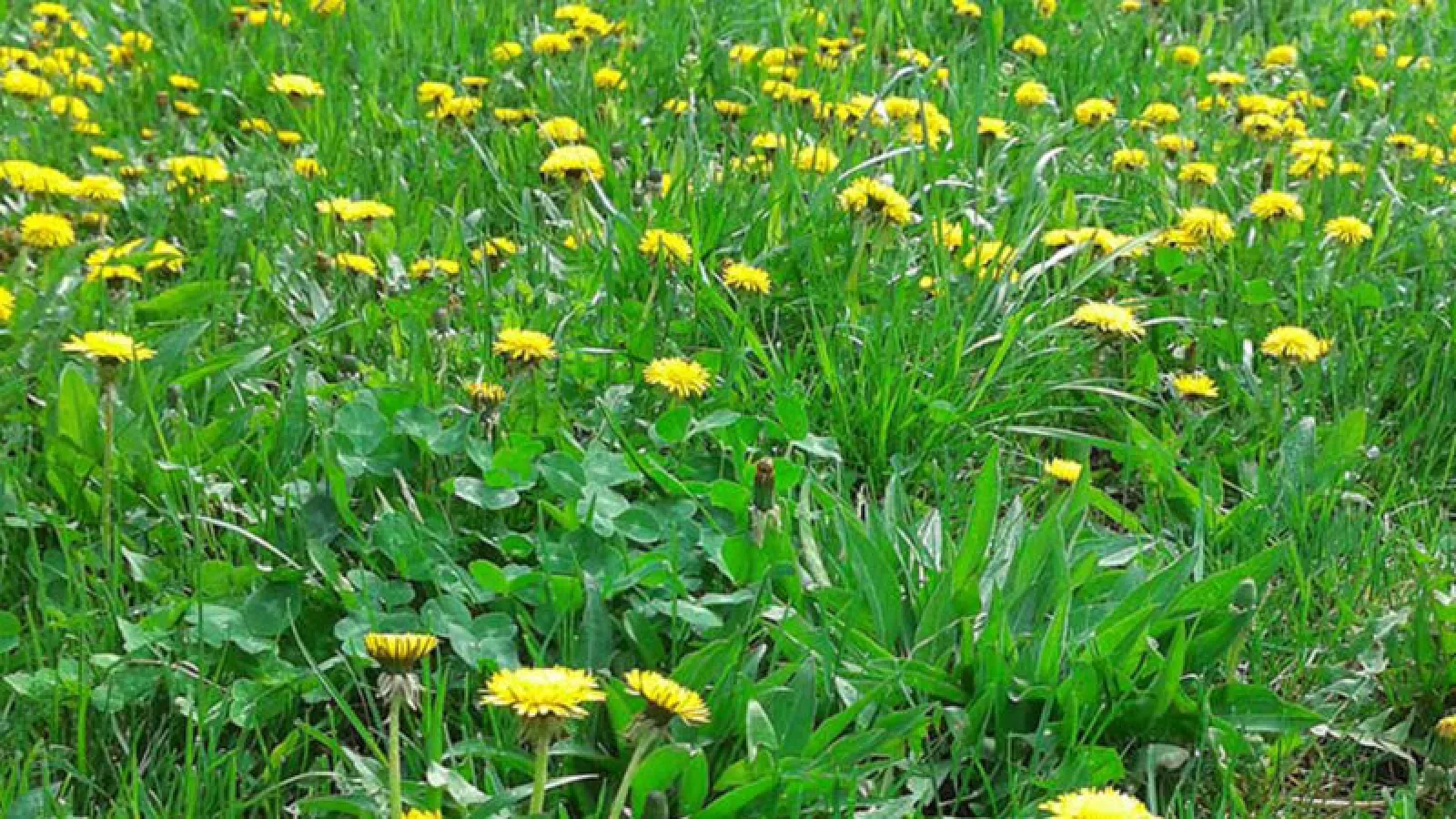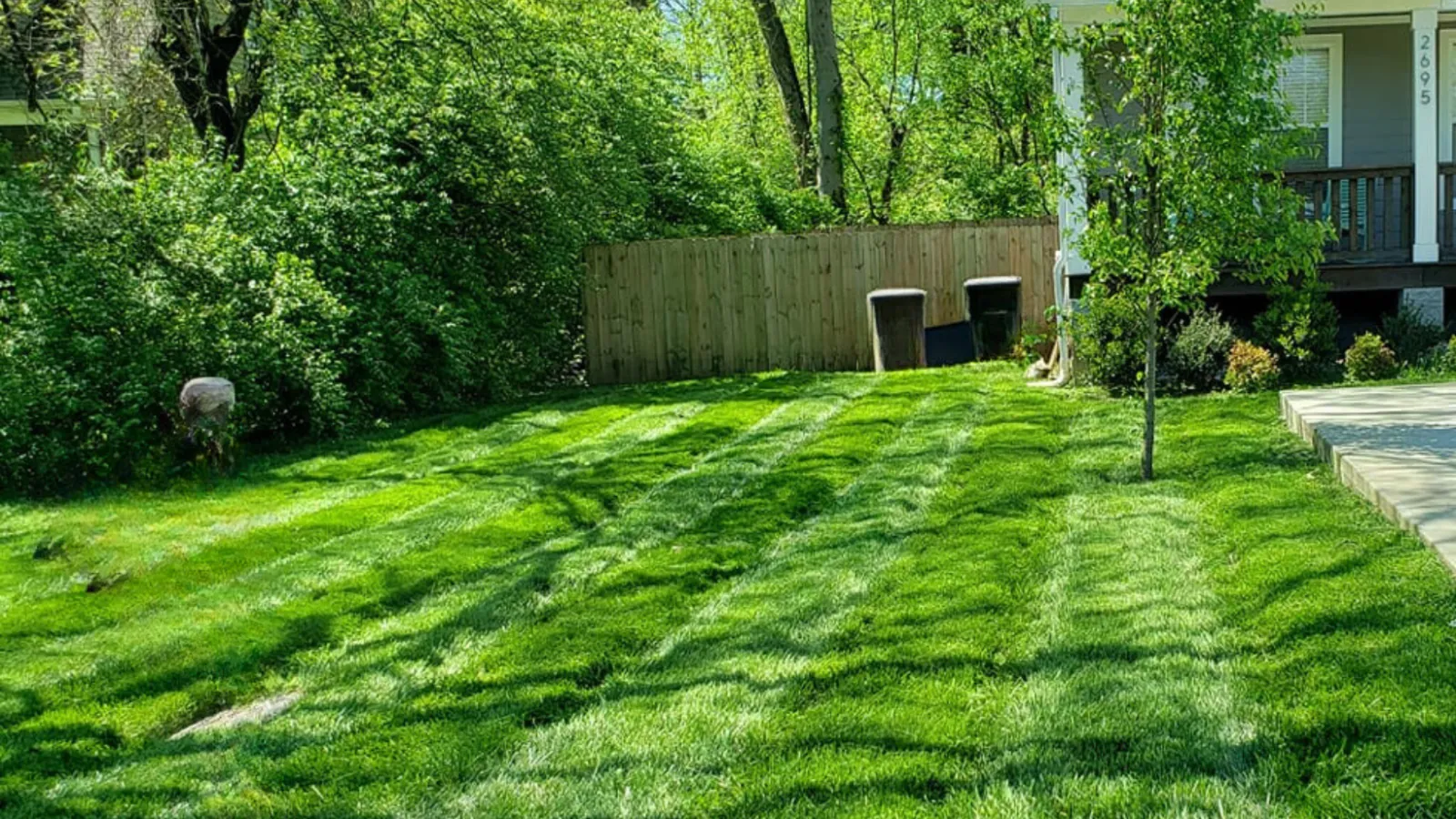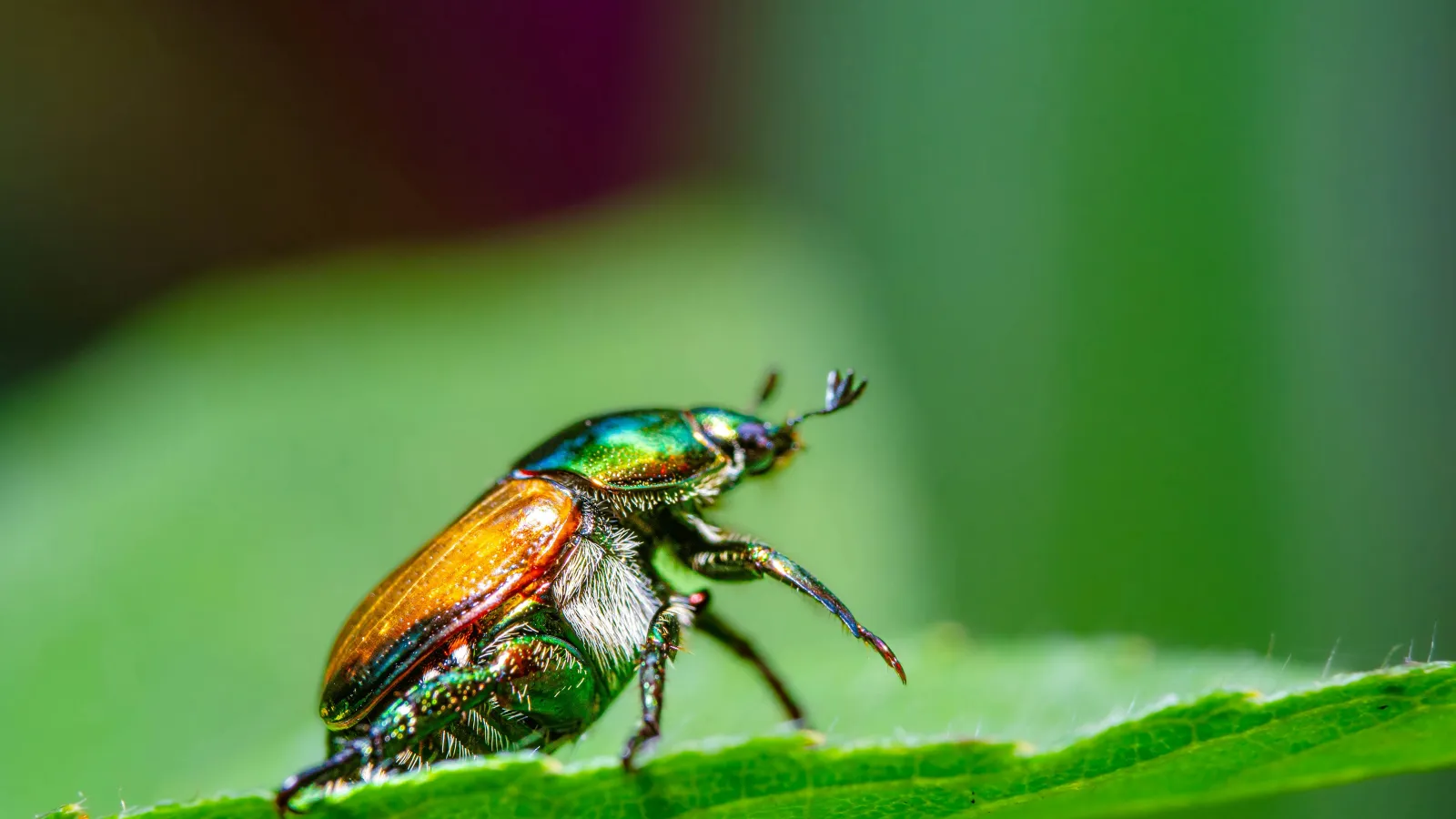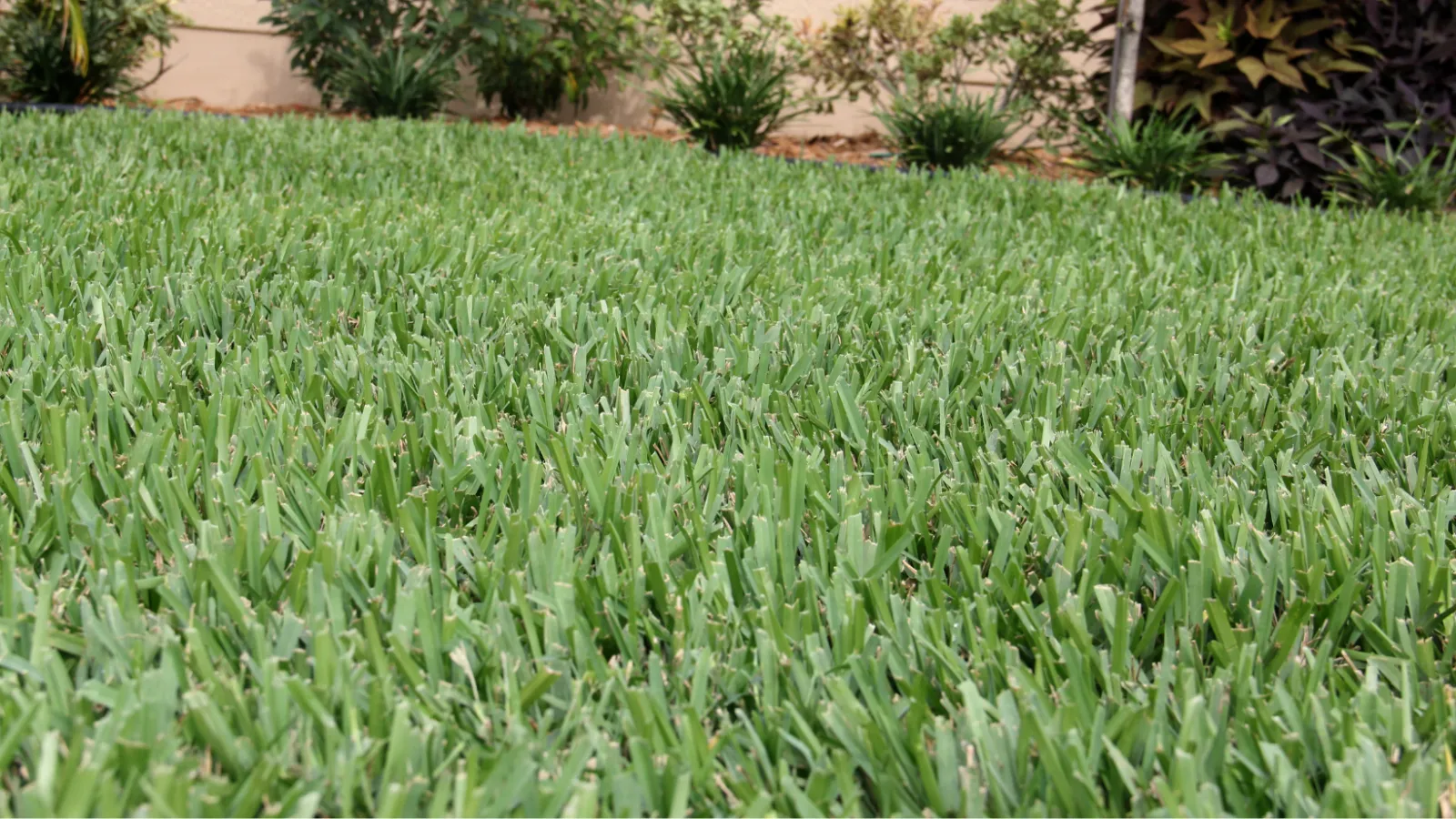
Don’t Neglect Your Lawn When It’s Sleeping
When the temperatures begin to cool in the fall and grass begins to grow more slowly, many homeowners tend to think their lawn care responsibilities are over for the season. What you may not realize is, fall and winter lawn care affects how your lawn looks in the spring.
Specific fall lawn care varies based on the type of grass. Winter lawn care for warm-season grasses such as Zoysia, Bermuda and St. Augustine differs from care for cool-season grasses.
Less Care But Not “No Care”
Zoysia, Bermuda and St. Augustine generally require less care in the fall because they go dormant more quickly. Just because your lawn is “sleeping,” it is not dead. And it still needs nutrients and water.
Fall Fertilization
In the fall and winter months, we apply a fertilizer with potassium to warm-season lawns. Potassium promotes root growth. Though the grass is dormant, the roots are actively growing. They “stretch” as deep as possible to find warmth in the ground. Deep roots and a strong root structure are imperative to counteract any winter damage the lawn may endure from cold temperatures, frozen precipitation and snow. Lawns with a well-established and healthy root system will also green up quicker and grow thicker in the spring.
Watering
Winter lawn care goes beyond fertilization. Watering in the cooler months is also important for fall and winter lawn care. Rainfall is helpful—when we get it. However, many lawns are currently experiencing drought and heat stress due to the lack of rainfall and extreme heat we’ve had this summer. The grass is weakened from these stresses. It is more susceptible to winter injury, winter kill, and fungi, including Dollar Spot and Spring Dead Spot, in the spring. And remember, this damage will be most apparent in the spring.
Weed Prevention
Now is the best time to control broadleaf and grassy weeds for the winter, and more importantly, for the spring. Pre-emergent herbicides applied now can help prevent dandelions, oxalis, chickweed and white clover—common broadleaf weeds that we see in the winter. Poa annua is a grassy weed that can quickly take over a lawn in the winter months without preventative treatment.
Without pre-emergent herbicides in the fall and winter months, spring weeds are more likely. When the winter weeds die off or if you have to kill them in the spring, the turf in these areas will be weak making it more difficult for new, healthy grass to grow. These areas are also more susceptible for new weeds such as crabgrass. By caring for your lawn now, you can prevent weeds that can blemish a beautiful lawn in the spring.
Your Grass Is Only “Sleeping”
Just because your grass is “sleeping,” do not neglect giving it the care it needs in the cooler months. What you do or don’t do now will be most apparent in the spring.
For more information about winter lawn care and our year-round lawn care program, contact us. Let us get started caring for your lawn now so it will be green and healthy in the spring.
Photo credit: imageforweeds.com

